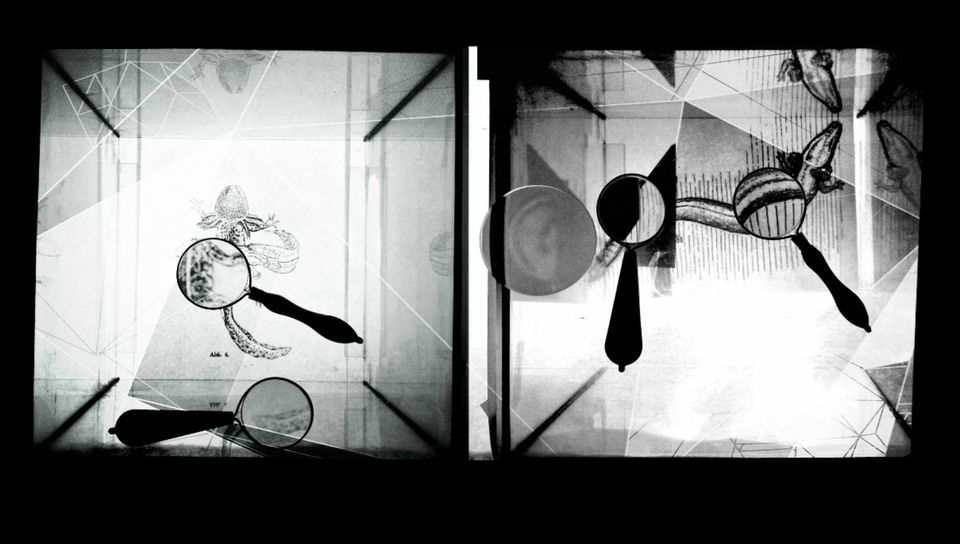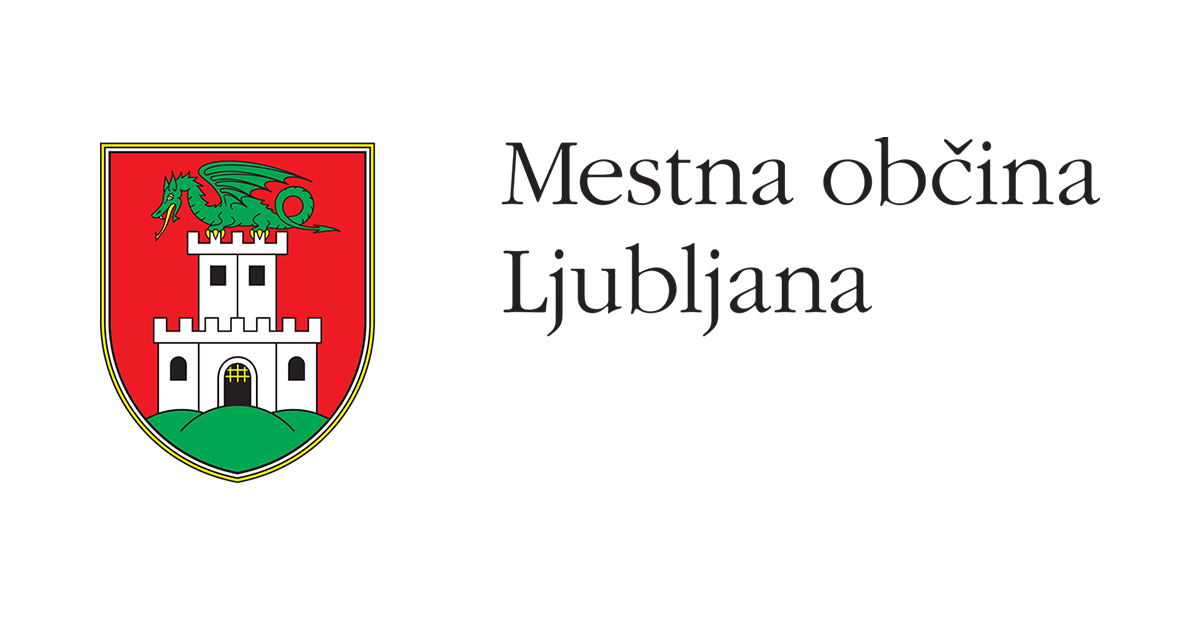Robertina Šebjanič | Neotenous dark dwellers (Lygophilia)
Friday August 31st
4 pm - 5.30 pm Panel discussion
7 pm Exhibition opening
--------------------------------------
Speakers: Carlos Pascual (writer), Gregor Aljančič and Magdalena Năpăruș-Aljančič (Tular Cave Laboratory - Jamski laboratorij Tular), Robertina Sebjanic (artist), Annick Bureaud (curator and art critic, director Leonardo/Olats).
The panel discussion will present some of the topics and issues shared by those two remarkable creatures, living two continents apart: the Mexican Axolotl and the Slovene Proteus. Their ecology (both are endangered species in their natural environment), their biological singularity (both are neotenous dwellers of the dark) and their cultural appropriation (both are cultural phenomena) will be addressed.
--------------------------------------
Robertina Šebjanič: Neotenous dark dwellers (Lygophilia),
curated by Annick Bureaud
Lygophilia weaves together mythologies and sciences, history and future, fears and desires, continents, cultures, humans and non-humans. Lygophilia folds and unfolds the stories carried by those fascinating creatures that are the Mexican Axolotl and the Slovene Proteus.
From immortality to regenerative medicine — both animals are, as adults, in a state of “eternal youth” (neoteny) showing extraordinary longevity and regenerative abilities that put them at the center of ancient myths as well as current cutting-edge scientific researches.
Ironically, Axolotls and Proteus are endangered species in their natural environment. Both have found habitats in very specific and located places, in the swamps of the lakes around the City of Mexico for one and in Europe in Dinaric karst caves for the other, showing an example of parallel evolution, endemicity and adaptation to narrow and extreme niches.
Hiding from the sun and daylight both are in love with darkness, lygophilia (from the Greek lúgē and philéō)
With cabinets that evoke the old natural history museums displays as well as the scientific labs glove boxes or the maternity incubators, through objects, texts, videos and paraphernalia, playing with a crossed mirrored approach where each element, each story, each animal is echoing, reflecting but also diffracting and counteracting the other, Šebjanič invites us to a journey into our cultural gaze and its evolution. Lygophilia offers the visitors to gain a more profound view of interspecies cohabitation in the contemporary world for a common future.
The exhibition is part of the Mladi levi festival
https://www.bunker.si/eng/21st-international-festival-mladi-levi?fbclid=IwAR2OXUKzGXjDQOp6unCqCJtcj1WSjr4Ow0ud0fWWZk_cblo1Z58k87dVjQw
*Lygophilia is a series of research-based artworks initiated in 2017 by Robertina Šebjanič in Mexico and pursued in Slovenia to explore the love (Gr.: philéō) of darkness (Gr.: lúgē) and the unknown dwellers in places inhospitable for humans.
**Production: Projekt Atol (Uroš Veber), Slovenia, 2018 & Arte+Ciencia (UNAM), Mexico; Sektor, Slovenia 2017 / 2018
Robertina Šebjanič
Robertina Šebjanič is an artist/researcher whose work explores the biological, (geo)political, and cultural realities of aquatic environments and the impact of humanity on other organisms. In her analysis of the Anthropocene and its theoretical framework, the artist uses the terms "aquatocene" and "aquaforming" to refer to the human impact on aquatic environments. Her work received several awards and nominations at Prix Ars Electronica, Starts Prize, Falling Walls, Re:Humanism a.o.
More: https://robertina.net/


